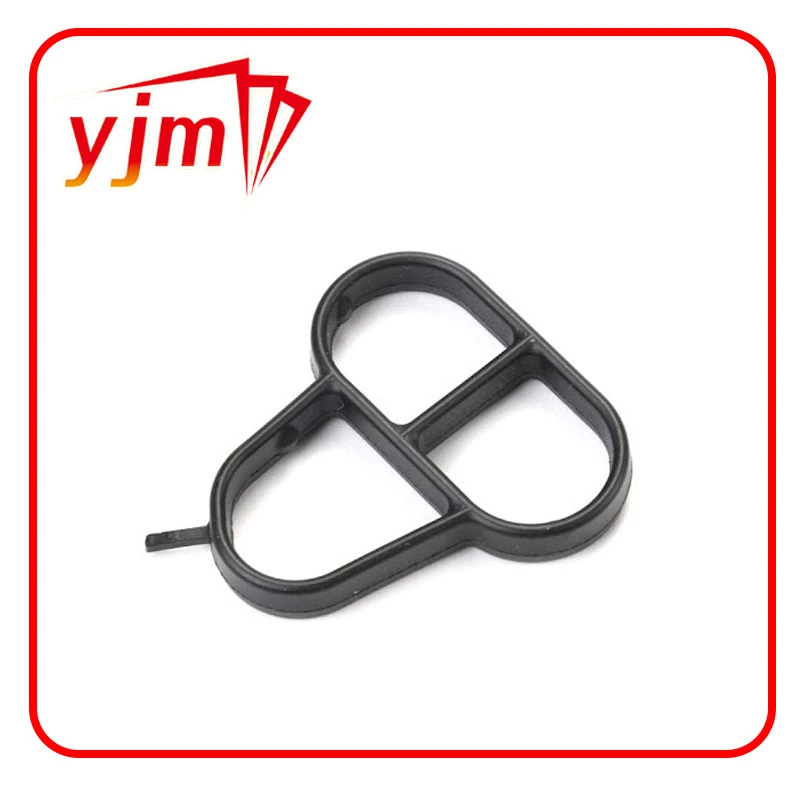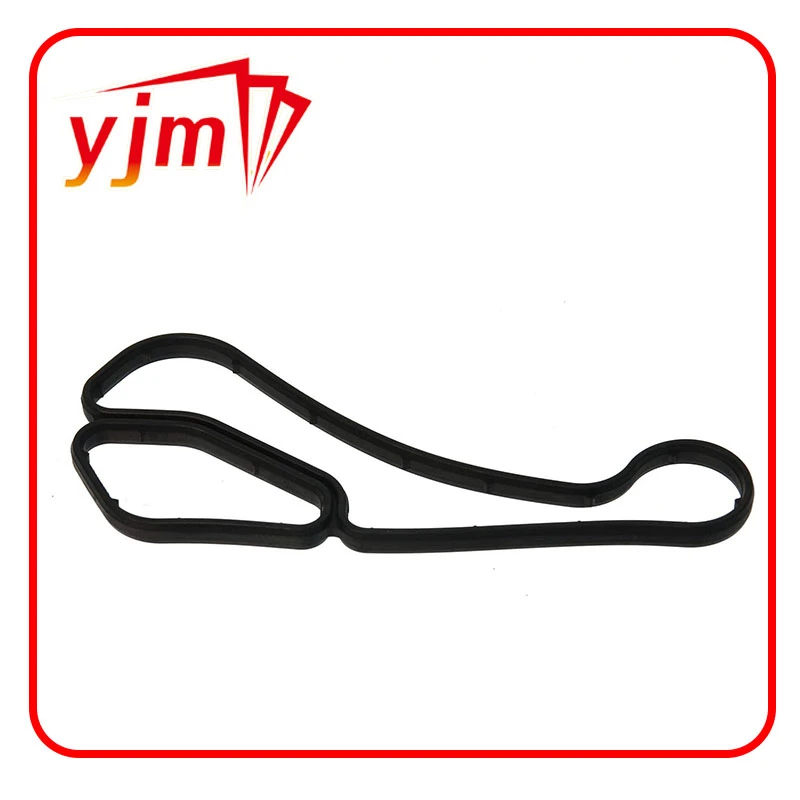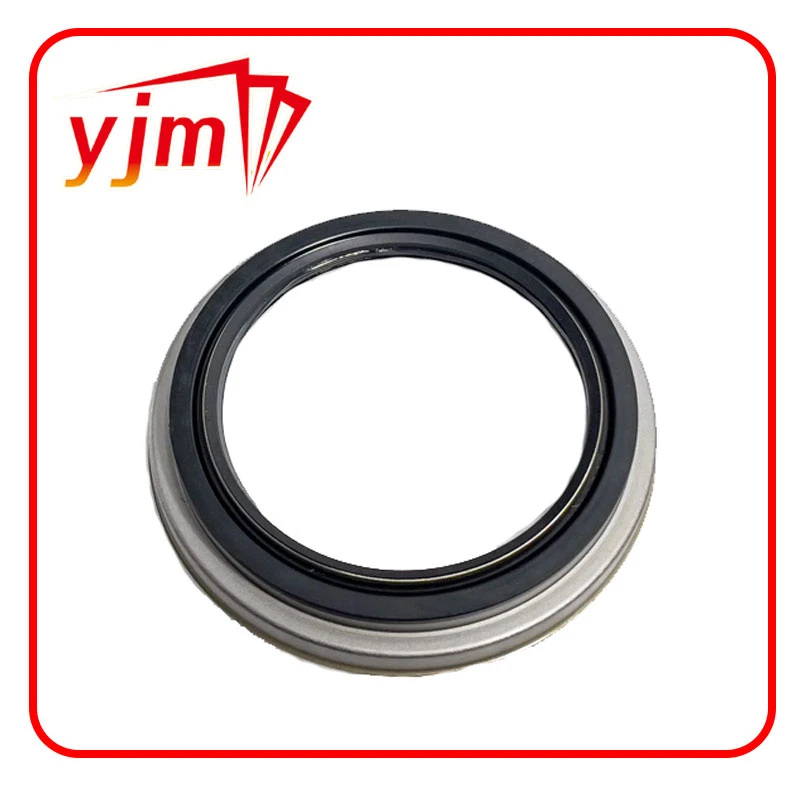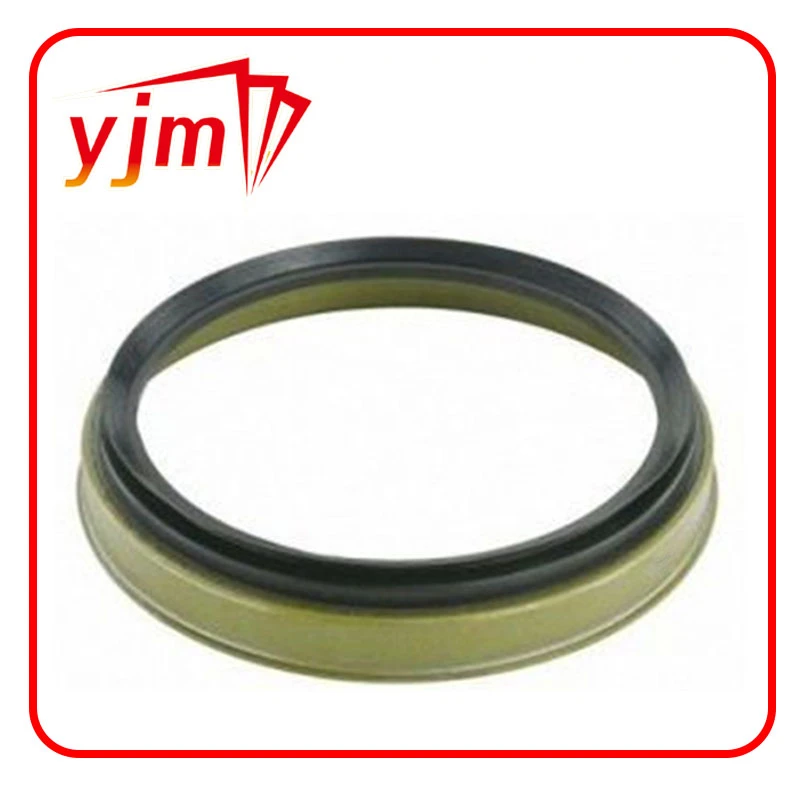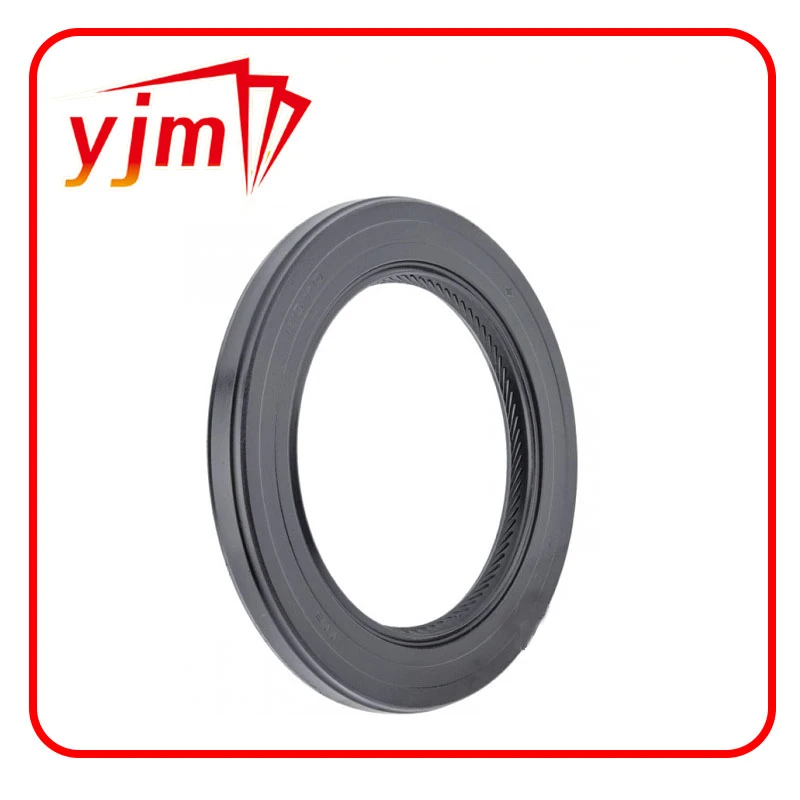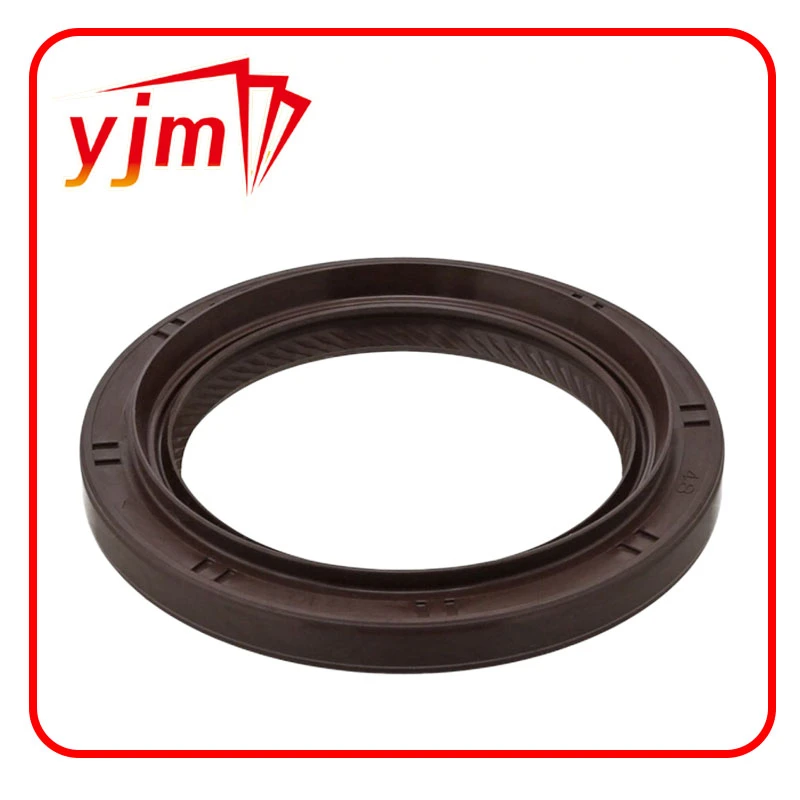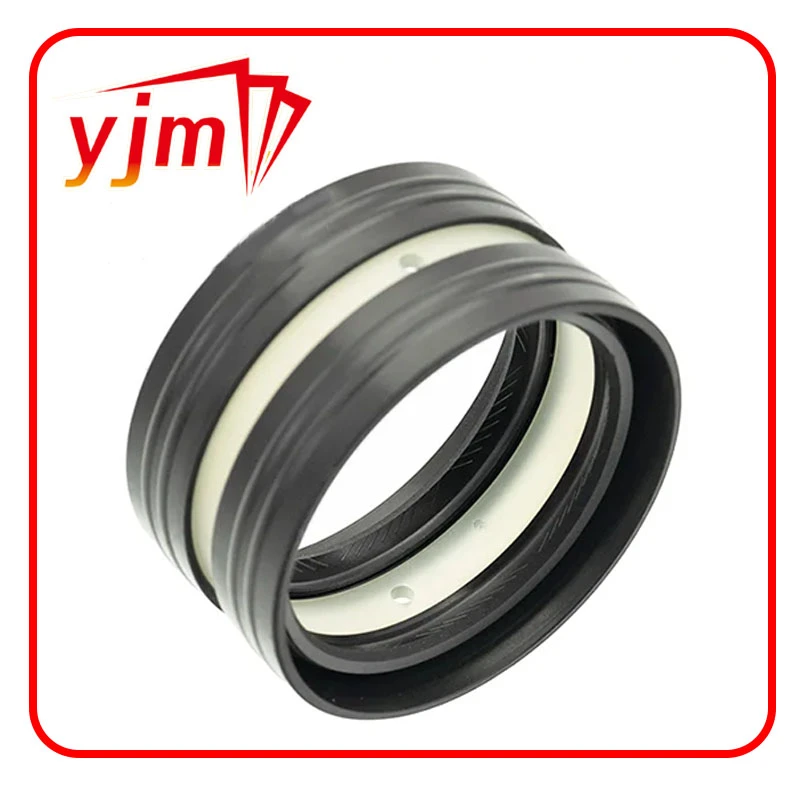Comprehensive Guide to Automotive Oil Seals: Types, Functions, and Maintenance
Sealing technology is essential in modern vehicles, where precision components operate at high speeds and under extreme conditions. Among these components, the automotive oil seal plays a critical role in preventing fluid leakage, protecting mechanical parts, and ensuring overall engine and transmission efficiency. Whether it’s the automobile oil seal in your gearbox or a car engine oil seal that keeps vital fluids in place, these seals are indispensable for smooth and reliable vehicle performance.
In this guide, we’ll explore the different types of auto oil seals, their applications, and how to maintain them to extend the life of your vehicle.
Understanding Automotive Oil Seals and Their Purpose
The automotive oil seal also known as a radial shaft seal—acts as a barrier between stationary and moving components in your vehicle. Its main job is to keep lubricants in while keeping dirt, dust, and water out. This is crucial for the performance and longevity of parts like the crankshaft, camshaft, and gearbox shafts.
Different terms may be used for similar components:
Automobile oil seal – A general term for oil seals used in passenger cars and commercial vehicles.
Auto oil seals – Often used in automotive parts catalogs to refer to all types of vehicle oil seals.
Automotive shaft seals – Specifically designed for rotating shafts such as crankshafts, camshafts, and wheel hubs.
Car engine oil seal – Refers to seals located within the engine, such as crankshaft front and rear seals, camshaft seals, and valve cover seals.
Car oil seal – A broad term that covers all sealing applications in a vehicle’s engine, transmission, and axles.
The basic structure of an automotive shaft seal includes a flexible sealing lip made from synthetic rubber or other high-performance elastomers, a metal reinforcement ring for rigidity, and sometimes a garter spring to maintain lip pressure against the shaft.
Types and Applications of Auto Oil Seals in Vehicles
Oil seals come in various designs, each suited for specific parts of a car:
Automotive Shaft Seals in Engines and Transmissions
Automotive shaft seals are installed in rotating shafts to retain lubricants and prevent leaks. In an engine, they are found in crankshafts, camshafts, and timing covers. In transmissions, they seal the input and output shafts, preventing fluid loss and contamination.
Car Engine Oil Seal for Lubrication Control
The car engine oil seal is vital for keeping motor oil where it belongs—inside the engine’s lubrication system. This ensures that the engine’s moving parts are properly lubricated, reducing friction, wear, and overheating. Common examples include crankshaft rear main seals and camshaft seals.
Automobile Oil Seal for Drivetrain Protection
An automobile oil seal in the axle or differential keeps gear oil inside while blocking dirt and moisture from entering. This is particularly important for off-road vehicles and trucks operating in dusty or wet environments.
Car Oil Seal in Wheel Hubs and Accessories
In wheel hubs, the car oil seal keeps grease in the bearings and prevents contaminants from entering. In accessories like power steering pumps or alternators, oil seals help maintain proper lubrication for longer service life.
Choosing, Installing, and Maintaining Automotive Oil Seals
When selecting an automotive oil seal, there are several important factors to consider:
Material Compatibility – Nitrile rubber (NBR) is common for standard applications, while fluorocarbon (FKM) is used for high-temperature or chemical-resistant needs.
Seal Type – Choose between single lip seals for standard lubrication retention or double lip seals for additional contamination protection.
Shaft Condition – The shaft surface should be smooth and free of grooves or scratches to prevent seal wear.
Operating Conditions – Consider temperature, pressure, and speed when choosing between auto oil seals.
Installation Tips:
Always lubricate the sealing lip before installation to prevent dry running.
Use the correct installation tool to avoid damaging the automotive shaft seals.
Ensure the seal is aligned properly to prevent uneven wear.
Maintenance Tips:
Inspect seals regularly for leaks, cracks, or hardening of the rubber.
Replace car oil seal components at the first sign of wear to avoid costly engine or transmission damage.
Keep surrounding components clean to prevent debris from damaging the sealing lip.
From the automobile oil seal in your transmission to the car engine oil seal that protects your crankshaft, each automotive oil seal is a small but vital part of your vehicle’s reliability. Whether you are dealing with auto oil seals for routine maintenance or replacing worn automotive shaft seals, understanding their purpose and care can save you time, money, and mechanical trouble.
The next time you think about vehicle maintenance, remember that a well-chosen and properly maintained car oil seal is one of the most effective ways to protect your investment and keep your car running smoothly for years to come.
-
Seal 12x20x5: Precision Radial Shaft Seals for Industrial Reliability
వార్తలు Nov.24,2025
-
Seal 12x18x5: Essential Guide to Specifications, Applications & Vendors
వార్తలు Nov.24,2025
-
Understanding Seal 12 20 5: Applications, Specifications & Industry Insights
వార్తలు Nov.23,2025
-
Durable Oil Seal 85x110x12 – Reliable Sealing Solutions for Industry
వార్తలు Nov.23,2025
-
Durable and Precise Oil Seal 75x95x10 for Efficient Machinery | YJM Seal
వార్తలు Nov.22,2025
-
Durable Oil Seal 75x100x10 for Reliable Industrial Performance | YJM Seal
వార్తలు Nov.22,2025
-
High-Quality Oil Seal 65x90x10 | Durable & Reliable Sealing Solutions
వార్తలు Nov.22,2025
ఉత్పత్తుల వర్గాలు

